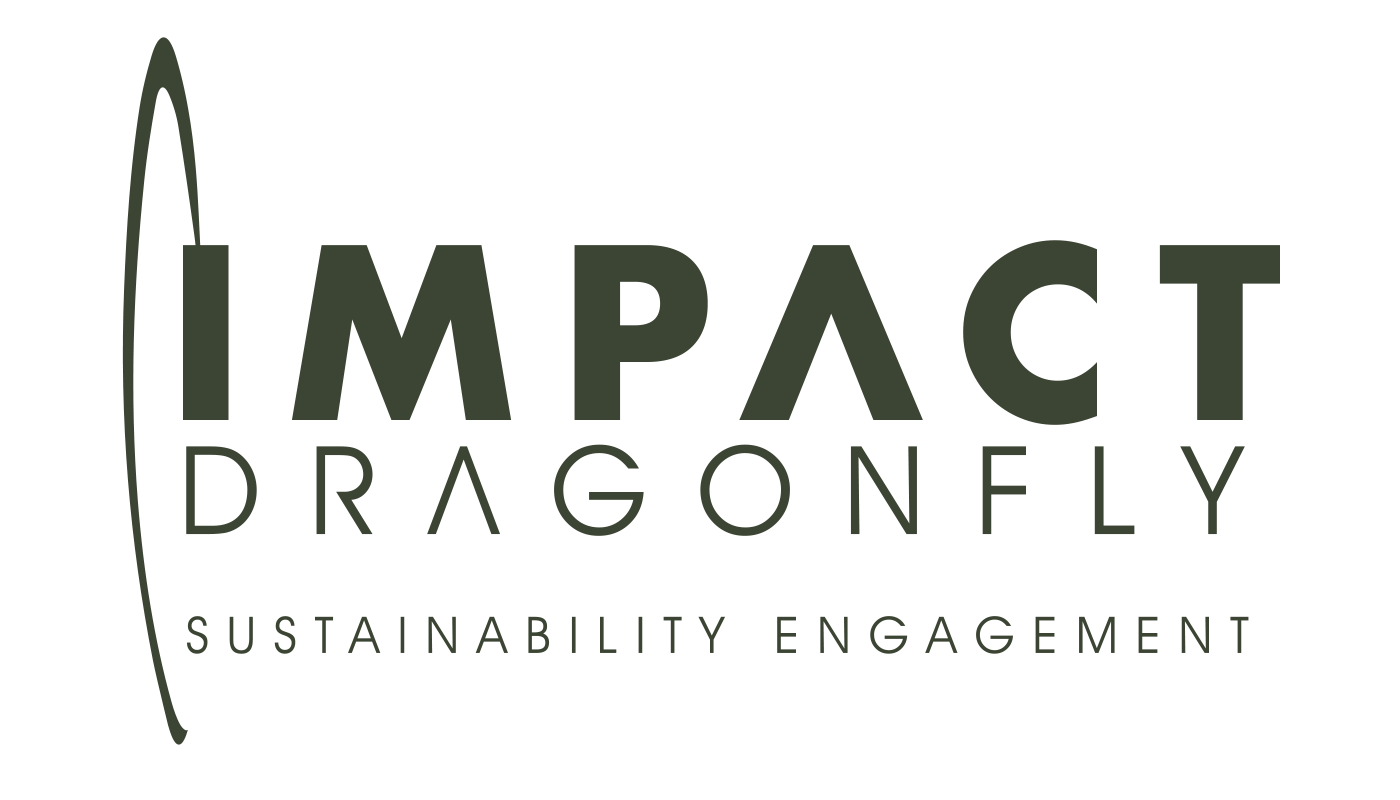Different Sustainability approaches for organisations
There are many terms used to explain an organisation’s approach to sustainability. It is important for boards and leadership teams to understand the fundamentals of these different types of initiatives to consider the right approach.
The main approaches that are spoken about are Corporate Social Responsibility ‘CSR’, Environmental Social and Governance ‘ESG’, ‘Impact Led / For Purpose’ and ‘Regenerative business models’.
Corporate Social Responsibility (CSR) is a concept that emphasizes the responsibility of businesses to operate in a manner that benefits society, the environment, and stakeholders. CSR is the longest-running approach to corporate sustainability. It was the main response taken prior to ESG’s rise in prominence. This approach although coined in the 1970’s gained popularity amongst corporates in the late 90’s early 2000’s however is now starting to be seen as ‘business as usual’ and is quickly being overtaken by more considered and strategic ESG and sustainability frameworks.
Various terms are used to describe CSR initiatives, including ‘Corporate Responsibility,’ ‘Corporate Accountability’, ‘Corporate Citizenship’ and ‘Sustainability.’
CSR’ is a standalone feature of an organisation and is usually found as a business unit with a budget to spend on particular causes and is responsible for creating specific initiatives that do not necessarily engage the whole business. It is generally philanthropic in nature and this particular approach does not always involve significant change to the business model, culture or organisational values.
Positive attributes of CSR include driving employee engagement and reinforce a more inclusive organisational culture. It can possibly attract and retain staff and it has the potential to create a positive impact in local communities.
Limitations of CSR; Activities are not necessarily aligned to an organisation’s core strategy and mission. Activities are unlikely to systematically reduce risk or capture opportunity. Activities may not address an organisation’s full environmental and social impacts.
Environmental Social and Governance ‘ESG’‘ The focus of ESG activity is therefore the management of ESG issues in order to reduce risk and capture opportunity – in other words, to protect and strengthen enterprise value (the total value of an entity or, in financial terms, the value of the entity’s equity and net debt).
ESG is a framework that helps stakeholders understand how an organization is managing risks and opportunities related to environmental, social, and governance criteria (sometimes called ESG factors). ESG takes the holistic view that sustainability extends beyond just environmental issues.
While the term ESG is often used in the context of investing, we now see customers, suppliers, and employees included as stakeholders with a vested interest in the overall impact a business has on all 3 areas of ESG
As a strategy, ESG’ is integrated throughout the business and usually has a level of reporting that follows national or international guidelines. In most cases, there is an expectation for companies listed on the stock exchange to report on ESG metrics.
Positive attributes - If it is well-executed, an ESG strategy should reduce exposure to ESG-related risks. For example, through better preparation for emerging regulations, and reduced exposure to reputational risk and any physical impacts associated with climate change. It should also allow an organisation to capture opportunities – for instance, by responding to increased customer interest in sustainable products.
Limitations - This approach doesn’t necessarily provide equal weighting to all of an organisation’s stakeholders. Its focus is primarily on addressing the needs of investors and customers. Therefore, it tends to reflect societal expectations rather than optimal environmental or social outcomes. However, this continues to change with increasing societal awareness of ESG issues.
An Impact led or for-purpose business is a business venture with a mission to achieve a specific social beneficial impact as a result of its operations. This impact can be on society or the environment (or both). Organisations that apply this approach align their mission, vision, and values towards the impact they want to have. If the organisation is a commercial one, this impact tends to be placed on an equal footing to financial objectives.
Positive Attributes - Organisations that adopt this approach are well-positioned to capture identified opportunities – for instance, by producing products that are needed to reach global carbon reduction goals, solve social issues, or by responding to customer interest in sustainable products. This approach is often associated with significant increases in positive reputation, brand recognition, and employee attraction and retention.
Limitations - Impact-led organisations are exposed to reputational scandal if practices do not meet the expectations set by the organisation’s mission. Impact-led organisations can prioritise their products over their direct operations, as most recently seen in controversy over Tesla’s governance practices. While Tesla prides itself on its innovation and its mission “to accelerate the world's transition to sustainable energy", failure to provide sufficient details relating to the company’s low-carbon strategy and codes of business conduct resulted in Index provider S&P Dow Jones removing the company from its S&P 500 ESG Index.
A regenerative business is one that starts with a mission to make the world a better place by giving more than taking. This could be by, for example, creating sustainable supply-chains and products, investing in community initiatives or challenging people to come together to restore urban environments and make cities healthier places to live.
Positive Attributes - Consumers want products and services that reflect their values and demands for greater sustainability, positive environmental impact, and both social and individual wellbeing. A portfolio that reflects this will be successful in the long run.
Limitations – This type of business model is one that needs to be considered from inception rather than retrospectively. It also needs to be very accountable for its nature to ensure there is no reputational risk factors.
